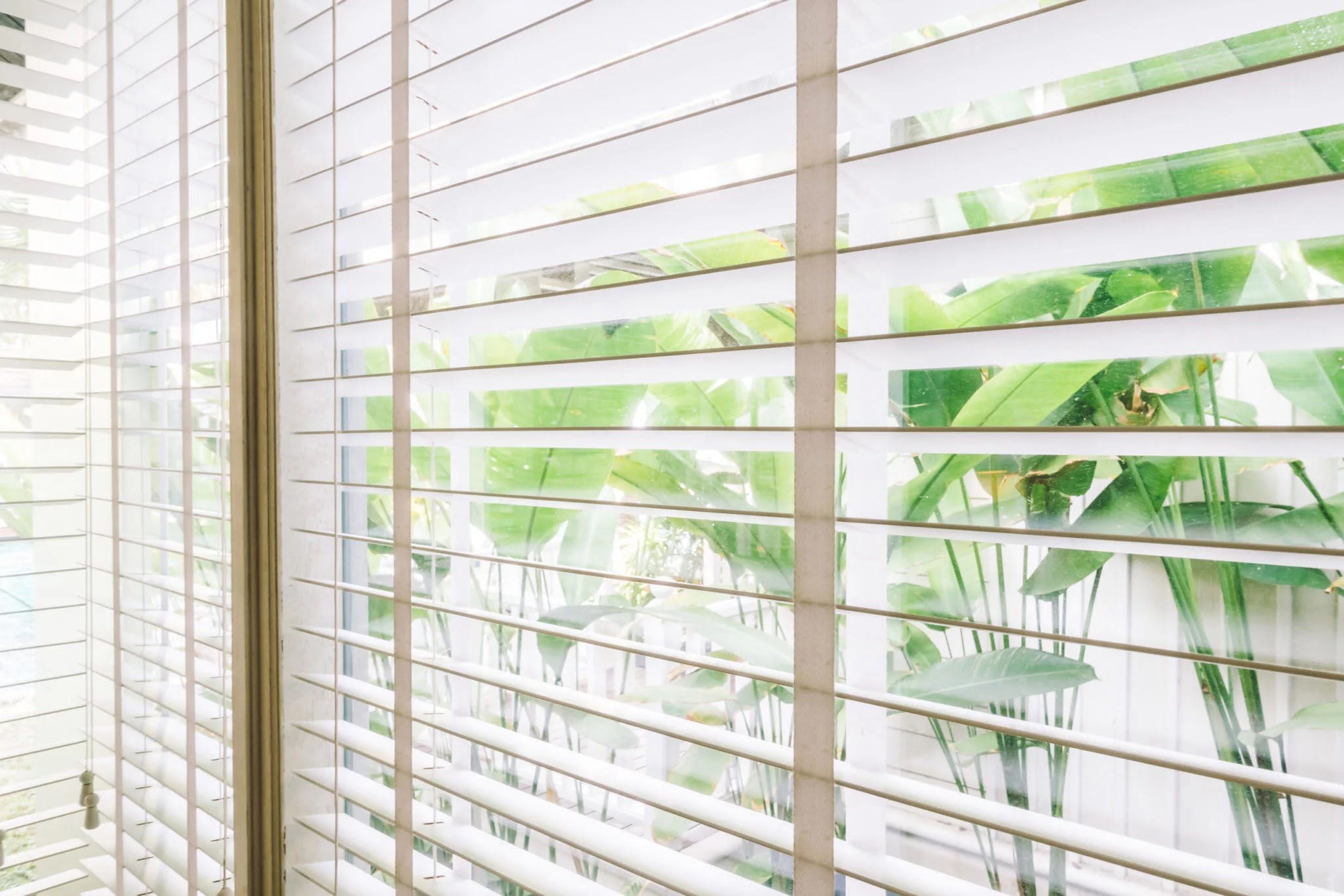

Articles
How Do Blinds Inside Windows Work
Modified: January 18, 2024
Learn how blinds inside windows work and find informative articles on various types and installation processes. Discover expert tips and tricks to enhance your window treatments.
(Many of the links in this article redirect to a specific reviewed product. Your purchase of these products through affiliate links helps to generate commission for Storables.com, at no extra cost. Learn more)
Introduction
Blinds are a popular window covering option that offers privacy, light control, and aesthetic appeal. They come in various styles and designs, but one type that has gained popularity in recent years is blinds that are installed inside the window frame.
Blinds inside windows, also known as window blinds or window shades, are a modern and sleek alternative to traditional window treatments. Unlike curtains or external blinds, blinds inside windows are designed to fit seamlessly within the window frame, offering a clean and unobstructed look for your windows.
In this article, we will explore how blinds inside windows work, the components that make up this type of window treatment, the different operation mechanisms available, and the advantages and disadvantages of choosing blinds inside windows for your home.
Whether you’re renovating your space or simply looking for a more contemporary window covering solution, understanding how blinds inside windows function can help you make an informed decision. So, let’s jump right in and discover the world of blinds inside windows!
Key Takeaways:
- Blinds inside windows offer a sleek, modern appearance, flexible light control, and easy maintenance, making them a stylish and functional choice for any home.
- While blinds inside windows provide privacy and space-saving benefits, potential drawbacks include limitations on window size, higher cost, and limited sound absorption. Careful consideration is essential for an informed decision.
Read more: How Do Window Blinds Work
Definition of Blinds Inside Windows
Blinds inside windows, also known as window blinds or window shades, refer to a type of window covering that is specifically designed to be installed inside the window frame. Unlike traditional curtains or external blinds, which are mounted on the exterior of the window frame, blinds inside windows are designed to fit seamlessly within the frame itself.
These blinds are typically made of slats or panels that can be adjusted to control the amount of light and privacy in a room. They are available in a wide range of materials, including fabric, wood, metal, or synthetic materials, allowing homeowners to choose a style that suits their preferences and complements their interior decor.
The defining characteristic of blinds inside windows is their ability to provide a clean and unobstructed look when fully raised or opened. When the blinds are closed or partially closed, they effectively block out light and provide privacy. This versatility makes blinds inside windows a popular choice for both residential and commercial spaces.
Blinds inside windows offer several advantages over traditional window coverings. Firstly, they provide a sleek and modern appearance, adding a touch of sophistication to any room. Secondly, they can be adjusted to control the amount of natural light that enters a space, making them suitable for rooms where precise light control is essential, such as bedrooms, offices, or media rooms.
Furthermore, blinds inside windows are available in various operating mechanisms, including corded, cordless, or motorized options. This allows for effortless operation and ensures user convenience.
In the next sections, we will delve deeper into the various components and operation mechanisms of blinds inside windows, as well as explore the advantages and disadvantages of choosing this type of window treatment for your home.
Components of Blinds Inside Windows
Blinds inside windows consist of several key components that work together to provide functionality and versatility. Understanding these components will help you make an informed decision when selecting blinds for your windows. Here are the main components of blinds inside windows:
- Slats/Panels: The slats or panels are the main elements that make up the blinds. These are individual horizontal or vertical sections that can be adjusted to control the amount of light and privacy. Slats can be made of various materials such as fabric, wood, aluminum, or PVC.
- Headrail: The headrail is the top portion of the blinds that holds the slats or panels together. It is typically made of metal or plastic and houses the mechanism that allows the blinds to be raised or lowered.
- Lift Mechanism: The lift mechanism is responsible for raising and lowering the blinds. It can be operated using a cord, wand, or remote control, depending on the type of blinds you choose. The lift mechanism may also include a locking mechanism to keep the blinds in the desired position.
- Tilt Mechanism: The tilt mechanism allows you to adjust the angle of the slats, controlling the amount of light that enters the room. It can be operated using a tilt wand or cord, depending on the design of the blinds.
- Bottom Rail: The bottom rail is located at the bottom of the blinds and provides stability and weight to keep the blinds in place. It is typically made of the same material as the slats and helps to maintain the shape and tension of the blinds.
- Cords and Cords Guides: In corded blinds, there are cords attached to the bottom rail that allow you to raise, lower, and tilt the blinds. Cord guides are used to secure and guide the cords, ensuring smooth and safe operation.
- Hold-Down Brackets: Hold-down brackets are used to secure the bottom rail of blinds inside windows, especially in situations where the blinds may swing or move due to air circulation.
- Valance or Cornice: A valance or cornice is an optional decorative element that is installed at the top of the blinds. It adds a finishing touch to the blinds and helps to hide the headrail for a more polished look.
These components work together to provide functionality, durability, and aesthetic appeal to blinds inside windows. The choice of materials, mechanisms, and additional features may vary depending on the brand and design of the blinds.
In the next section, we will explore the different operation mechanisms available for blinds inside windows.
Operation Mechanisms of Blinds Inside Windows
Blinds inside windows offer various operation mechanisms that allow for easy and convenient use. The choice of operation mechanism depends on personal preference, accessibility needs, and the type of blinds selected. Here are some common operation mechanisms for blinds inside windows:
- Corded: Corded blinds are the traditional and most common type of operation mechanism. They feature cords that are attached to the bottom rail, allowing you to raise, lower, and tilt the blinds. The cords can be easily accessed and manipulated for precise control of light and privacy. However, it’s important to ensure that the cords are properly installed and kept out of reach of children or pets to prevent any safety hazards.
- Cordless: Cordless operation mechanisms eliminate the need for cords, offering a cleaner and safer option. Cordless blinds use a spring-loaded system or a lift and lock mechanism. By simply raising or lowering the bottom rail of the blinds, you can adjust the position and angle of the slats. Cordless blinds are ideal for homes with children or pets, as they eliminate the risk of entanglement.
- Motorized: Motorized blinds are a modern and convenient option that allows you to control the blinds using a remote control or a wall-mounted switch. Motorized blinds are powered by a small electric motor, eliminating the need for manual operation. With the touch of a button, you can raise, lower, and tilt the blinds effortlessly. Motorized blinds are especially beneficial for large windows or hard-to-reach areas, as they offer ease of use and precise control. Some motorized blinds can also be integrated into smart home systems, allowing you to control them through voice commands or smartphone apps.
- Wand: Blinds with a wand operation mechanism have a wand attached to the headrail, which allows you to tilt the slats by rotating the wand. It provides a simple and intuitive way to control the angle of the slats, allowing you to adjust the amount of light and privacy in a room. Wand operation is commonly used in vertical blinds.
- Remote Control: Remote control operation mechanisms are primarily used in motorized blinds. They allow you to control the blinds from a distance, giving you the flexibility to adjust the position and angle of the blinds without having to physically be near the window. Remote control operation is convenient and allows for seamless integration with smart home systems.
The choice of operation mechanism depends on personal preferences, convenience, and the specific requirements of your space. Whether you opt for the traditional corded blinds, the safety-conscious cordless blinds, or the tech-savvy motorized blinds, there is an operation mechanism that will suit your needs and enhance your overall window covering experience.
Next, let’s explore the different types of blinds inside windows that are available in the market.
Types of Blinds Inside Windows
Blinds inside windows come in various styles and designs to suit different preferences and functional requirements. Here are some popular types of blinds that can be installed inside windows:
- Venetian Blinds: Venetian blinds are perhaps the most well-known type of blinds. They feature horizontal slats that are attached to a string ladder system, allowing the slats to be tilted to control the amount of light and privacy. Venetian blinds are available in a wide range of materials, including aluminum, wood, faux wood, and vinyl. They offer a classic and versatile option for any room in the house.
- Vertical Blinds: Vertical blinds are made up of vertical slats that can be rotated to control light and privacy. They are commonly used for wide windows or sliding glass doors. Vertical blinds can be made of various materials, including fabric, vinyl, or aluminum. They are a popular choice for spaces where privacy and light control are important, such as living rooms or office spaces.
- Roman Blinds: Roman blinds are made of fabric and offer a softer and more elegant look compared to other types of blinds. When raised, the fabric folds neatly into horizontal pleats, creating a decorative element. Roman blinds can be customized with different fabric patterns and colors to match your interior decor. They are an excellent choice for bedrooms, living rooms, or spaces where a cozy and sophisticated ambiance is desired.
- Cellular/Honeycomb Blinds: Cellular or honeycomb blinds are known for their energy-efficient properties. They feature a unique honeycomb-like structure that traps air and provides insulation, helping to regulate the temperature inside the room. Cellular blinds are available in light-filtering or blackout options, making them suitable for bedrooms, nurseries, or any space where light control and insulation are desired.
- Roller Blinds: Roller blinds are simple yet practical window coverings. They consist of a single piece of fabric that can be rolled up or down using a cord or a spring-loaded mechanism. Roller blinds are available in a variety of materials, patterns, and colors, allowing you to add a pop of color or a subtle touch to your windows. They are easy to operate and maintain, making them a popular choice for any room in the house.
- Pleated Blinds: Pleated blinds are made of fabric with pleats that fold up neatly as the blinds are raised. They offer a soft and stylish look while providing privacy and light control. Pleated blinds are excellent for windows of irregular shapes or sizes, as they can be custom-made to fit your specific window requirements.
These are just a few examples of the different types of blinds inside windows available in the market. Each type offers its own unique features and benefits, allowing you to find the perfect blinds to suit your style, functional needs, and budget.
Now, let’s explore the advantages and disadvantages of choosing blinds inside windows as your window covering solution.
Blinds inside windows work by being mounted on a track or frame within the window, allowing them to be easily opened, closed, or adjusted for light control and privacy.
Advantages of Blinds Inside Windows
Blinds inside windows offer several advantages that make them a popular choice for homeowners. Here are some key advantages of choosing blinds inside windows as your window covering solution:
- Sleek and Modern Appearance: Blinds inside windows provide a clean and unobstructed look for your windows. As they are installed inside the window frame, they offer a sleek and modern appearance that complements any interior decor. Blinds inside windows can enhance the overall aesthetic appeal of your space and create a contemporary and stylish atmosphere.
- Flexible Light Control: Blinds inside windows allow you to have precise control over the amount of light that enters your room. By adjusting the tilt mechanism or raising/lowering the blinds, you can easily regulate the amount of natural light, creating the perfect ambiance throughout the day. This light control is especially beneficial for rooms where precise light control is desired, such as bedrooms, home offices, or media rooms.
- Privacy: Blinds inside windows offer excellent privacy. When the blinds are closed or partially closed, they effectively block the view from the outside, providing a level of privacy that curtains or external blinds may not offer. This is particularly advantageous for ground-level windows or windows facing busy streets or neighbors.
- Easy to Clean and Maintain: Blinds inside windows are relatively easy to clean and maintain compared to curtains or external blinds. Depending on the material, you can simply wipe the blinds with a damp cloth or use a vacuum brush attachment to remove dust or debris. This hassle-free maintenance makes blinds inside windows a practical choice for busy homeowners.
- Space Saving: Blinds inside windows are designed to fit seamlessly within the window frame, which means they take up minimal space. This is a significant advantage for small rooms or windows that are close to furniture or other fixtures. The space-saving design of blinds inside windows allows for maximum utilization of your living space.
- Multiple Operation Mechanisms: Blinds inside windows offer a variety of operation mechanisms to suit individual preferences and needs. Whether you prefer the traditional corded blinds, the cordless option for safety, or the convenience of motorized blinds, there is an operation mechanism available to enhance your user experience.
With their sleek appearance, flexible light control, privacy features, ease of maintenance, space-saving design, and multiple operation mechanisms, blinds inside windows provide a range of benefits that make them an appealing choice for any home.
However, it’s important to consider the disadvantages as well when making a decision. Let’s explore the drawbacks of blinds inside windows in the next section.
Disadvantages of Blinds Inside Windows
While blinds inside windows offer many advantages, it’s essential to consider the potential drawbacks when choosing them as your window covering option. Here are some disadvantages of blinds inside windows:
- Limitations on Window Size and Shape: Blinds inside windows are designed to fit within the window frame, which means they may not be suitable for all window sizes or shapes. Windows that are too large or have irregular shapes may pose challenges in finding blinds that fit properly. Custom-made blinds may be required in such cases, which can be more expensive.
- Higher Cost: Depending on the material, design, and brand, blinds inside windows can be more expensive than traditional curtains or external blinds. Customization, motorized operation mechanisms, and high-quality materials can add to the cost. However, it’s important to weigh the long-term benefits and durability of blinds inside windows against the initial investment.
- Less Insulation: While blinds inside windows offer some level of insulation by reducing the amount of heat or cold that enters the room, they may not provide as much insulation as curtains or external blinds. This can result in slightly higher energy costs, especially in areas with extreme weather conditions. However, cellular or honeycomb blinds are specifically designed to offer better insulation.
- Limited Fabric Options: Blinds inside windows are primarily made of materials such as wood, metal, or synthetic materials. If you prefer the softness and versatility of fabric, curtains may be a better option. While there are fabric options available for blinds inside windows, the variety may be more limited compared to curtains.
- Visible Hardware: Depending on the design and installation, some hardware elements of blinds inside windows, such as the headrail or bottom rail, may be visible even when the blinds are fully closed. This may not be aesthetically pleasing for those who prefer a completely clean and unobstructed look for their windows.
- Limited Sound Absorption: Blinds inside windows do not provide significant sound absorption compared to curtains or external blinds. If noise reduction is a concern, curtains or thicker window treatments may be more effective in minimizing external sounds.
It’s important to assess your specific needs, budget, and preferences when considering blinds inside windows. While they offer numerous benefits, the potential limitations should be taken into account to make an informed decision.
Now that we’ve explored the advantages and disadvantages of blinds inside windows, let’s move on to the next section and discuss some maintenance and care tips to keep your blinds in optimal condition.
Maintenance and Care Tips for Blinds Inside Windows
Maintaining and cleaning your blinds inside windows is essential to keep them looking fresh and functioning properly. With proper care, you can extend the lifespan of your blinds and ensure they continue to enhance your windows for years to come. Here are some maintenance and care tips for blinds inside windows:
- Dust Regularly: Dust can accumulate on the slats or panels of your blinds over time. To prevent a buildup of dust, it’s important to dust your blinds regularly. You can use a soft cloth, duster, or a vacuum cleaner with a brush attachment to gently remove the dust from the slats. Start from the top and work your way down, ensuring all surfaces are cleaned.
- Spot-Clean Stains: If you notice any stains or spots on your blinds, it’s best to spot-clean them as soon as possible. Use a mild detergent or a stain remover suitable for the material of your blinds. Dampen a soft cloth with the cleaning solution and gently blot the affected area. Avoid rubbing or scrubbing vigorously, as it may damage the fabric or material.
- Avoid Excess Moisture: Blinds inside windows are generally not designed to withstand excessive moisture. Avoid spraying cleaning solutions directly onto the blinds or using water to clean them, as it may cause warping or damage. If you need to remove stubborn stains, consult the manufacturer’s guidelines or seek professional cleaning services.
- Check and Adjust Cords: If you have corded blinds, regularly check the cords for any signs of wear or fraying. Ensure that the cords are properly aligned and functioning smoothly. If you notice any issues, such as tangled cords or difficulty in raising/lowering the blinds, it’s recommended to have them repaired or replaced by a professional to ensure safe and proper operation.
- Inspect and Lubricate Mechanisms: With regular use, the lift and tilt mechanisms of your blinds may require occasional maintenance. Inspect these mechanisms for any signs of stiffness, resistance, or unusual noises. If needed, apply a small amount of lubricant to the moving parts to ensure smooth operation. Refer to the manufacturer’s instructions or consult a professional for guidance on proper lubrication.
- Keep Pets and Children Away: To prevent accidental damage or entanglement, it’s important to keep pets and young children away from the blinds. Cords, especially, can pose a safety hazard. Use cord cleats or cord tensioners to secure and keep the cords out of reach. Cordless blinds or motorized options are recommended for households with children and pets.
- Follow Manufacturer’s Guidelines: Each type of blind may have specific care instructions provided by the manufacturer. It’s crucial to read and follow these guidelines to ensure proper care and maintenance. These instructions may include specific cleaning methods, recommended products, and any precautions to take to avoid damaging the blinds.
By following these maintenance and care tips, you can prolong the lifespan of your blinds inside windows and keep them in optimal condition. Regular cleaning, inspection of cords and mechanisms, and adhering to safety guidelines will help ensure the longevity and functionality of your blinds.
As we conclude this article, we hope that the information provided has given you a comprehensive understanding of blinds inside windows. These versatile window coverings offer a modern, sleek appearance, flexible light control, and privacy, making them a popular choice for homeowners. Consider the advantages, disadvantages, and maintenance tips as you make a decision that suits your style and functional needs.
Remember to choose blinds that complement your interior decor, provide the desired light control and privacy, and offer ease of use. Whether you opt for Venetian blinds, vertical blinds, Roman blinds, cellular blinds, roller blinds, or pleated blinds, blinds inside windows can elevate the look and functionality of your windows while adding a touch of modern sophistication to your space.
Conclusion
Blinds inside windows have become a popular choice for homeowners due to their sleek appearance, flexible light control, and functionality. With various types, materials, and operation mechanisms to choose from, blinds inside windows offer versatility and customization options to suit any style and functional requirements.
From Venetian blinds and vertical blinds to Roman blinds, cellular blinds, roller blinds, and pleated blinds, there are options available to match your interior decor, provide the desired level of light control and privacy, and fit within your budget.
Blinds inside windows offer many advantages, such as their modern and unobstructed look, precise light control, privacy features, ease of maintenance, space-saving design, and multiple operation mechanisms. They can transform your windows into stylish focal points while providing functional benefits.
However, it’s important to consider the potential limitations of blinds inside windows, including size restrictions, higher cost compared to other window coverings, limited sound absorption, and visible hardware. By carefully weighing the pros and cons, you can make an informed decision that aligns with your specific needs and preferences.
To ensure the longevity and optimal performance of your blinds inside windows, regular maintenance and care are crucial. Dusting them regularly, spot-cleaning stains, checking and adjusting cords, inspecting and lubricating mechanisms, and following manufacturer’s guidelines will help keep your blinds in top condition for years to come.
As you embark on your journey to choose blinds inside windows for your home, keep in mind that these window coverings offer a contemporary and functional solution that enhances the aesthetic appeal and functionality of your space. With their sleek design, precise light control, and ease of use, blinds inside windows are an excellent choice for any homeowner looking to transform their windows into stylish and functional elements of their interior decor.
We hope this comprehensive guide has provided you with valuable insights into the world of blinds inside windows and has helped you make an informed decision for your home. Enjoy the benefits of your chosen blinds and transform your windows into beautiful, functional, and sophisticated features of your living spaces.
Frequently Asked Questions about How Do Blinds Inside Windows Work
Was this page helpful?
At Storables.com, we guarantee accurate and reliable information. Our content, validated by Expert Board Contributors, is crafted following stringent Editorial Policies. We're committed to providing you with well-researched, expert-backed insights for all your informational needs.
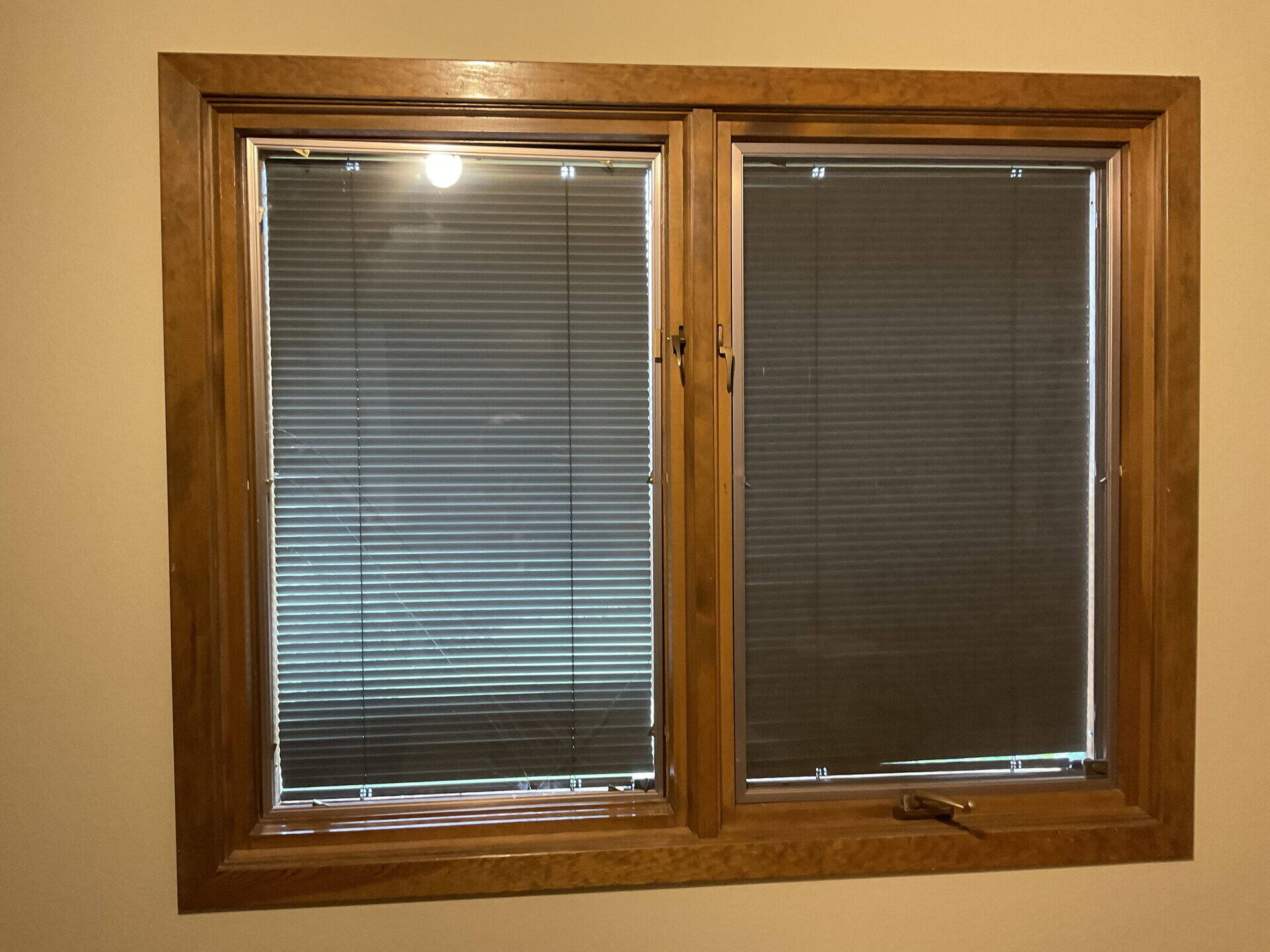
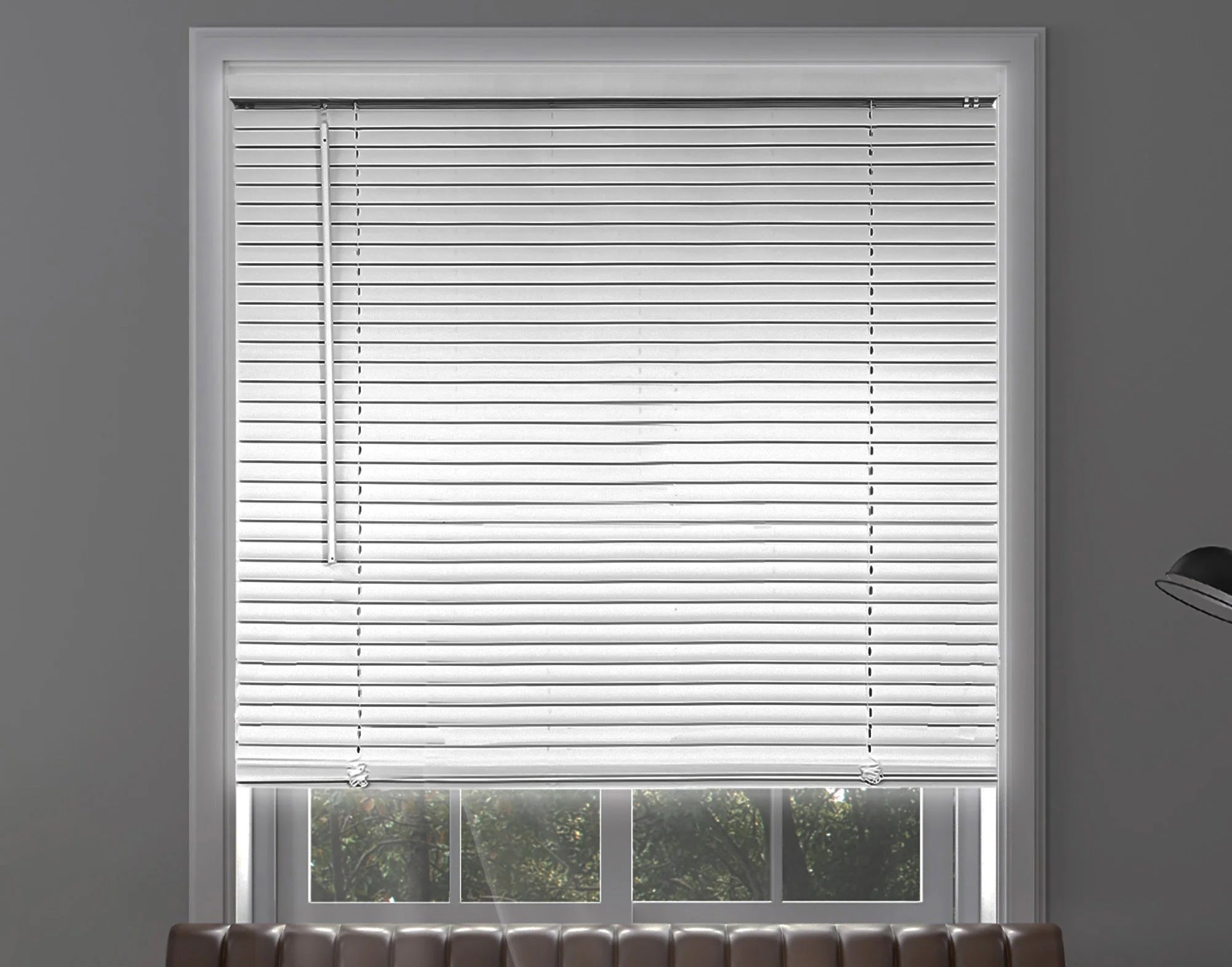
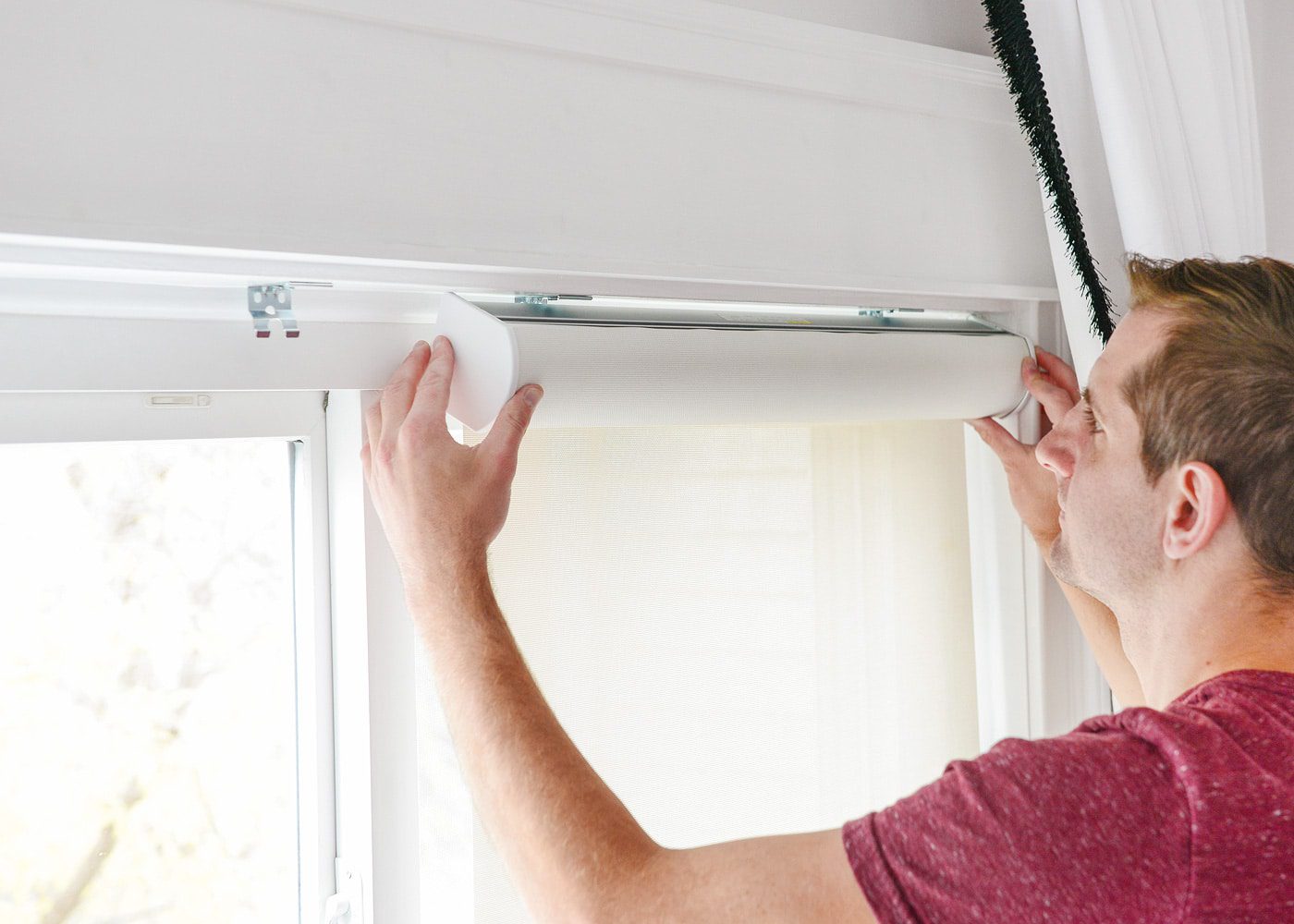
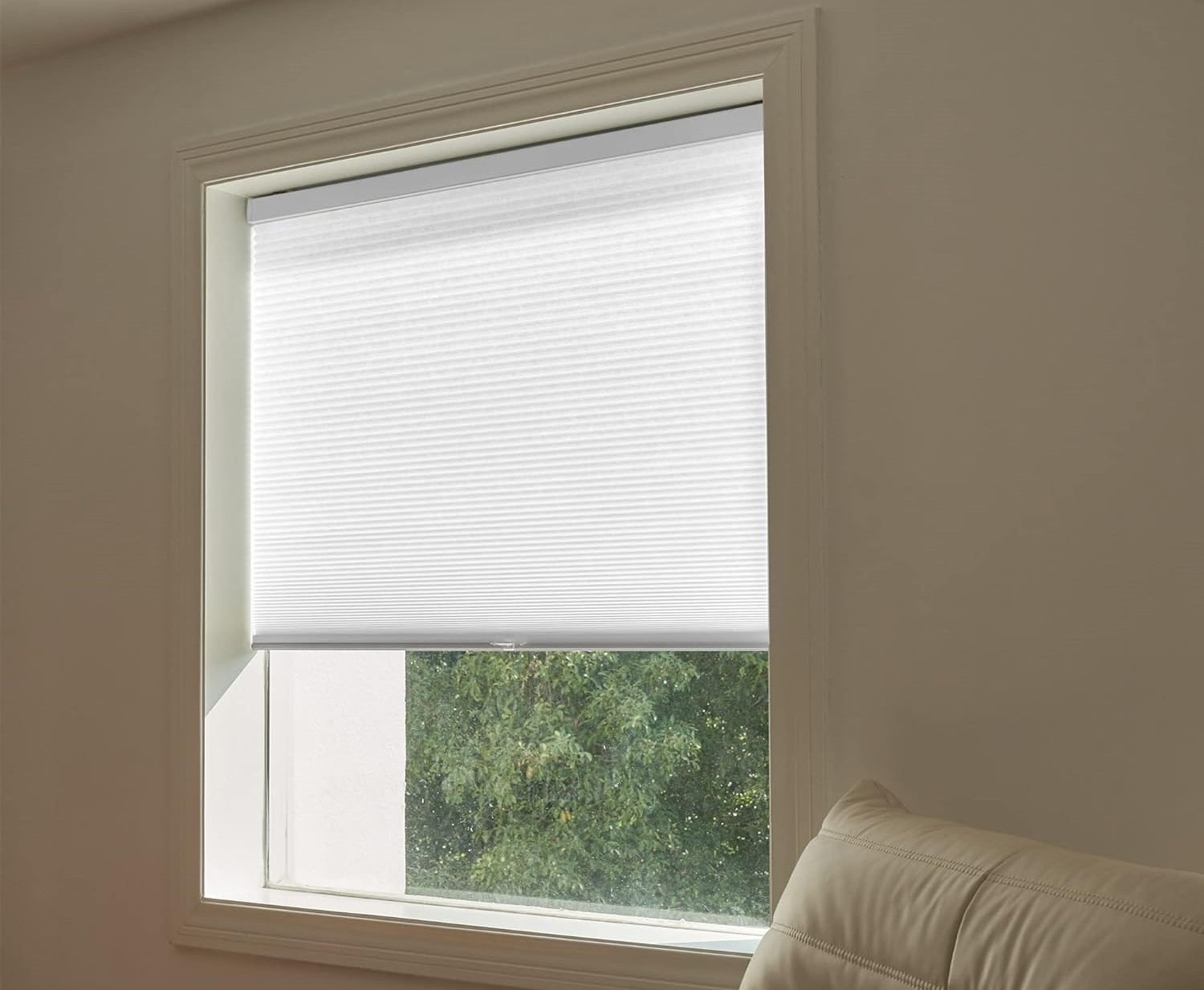
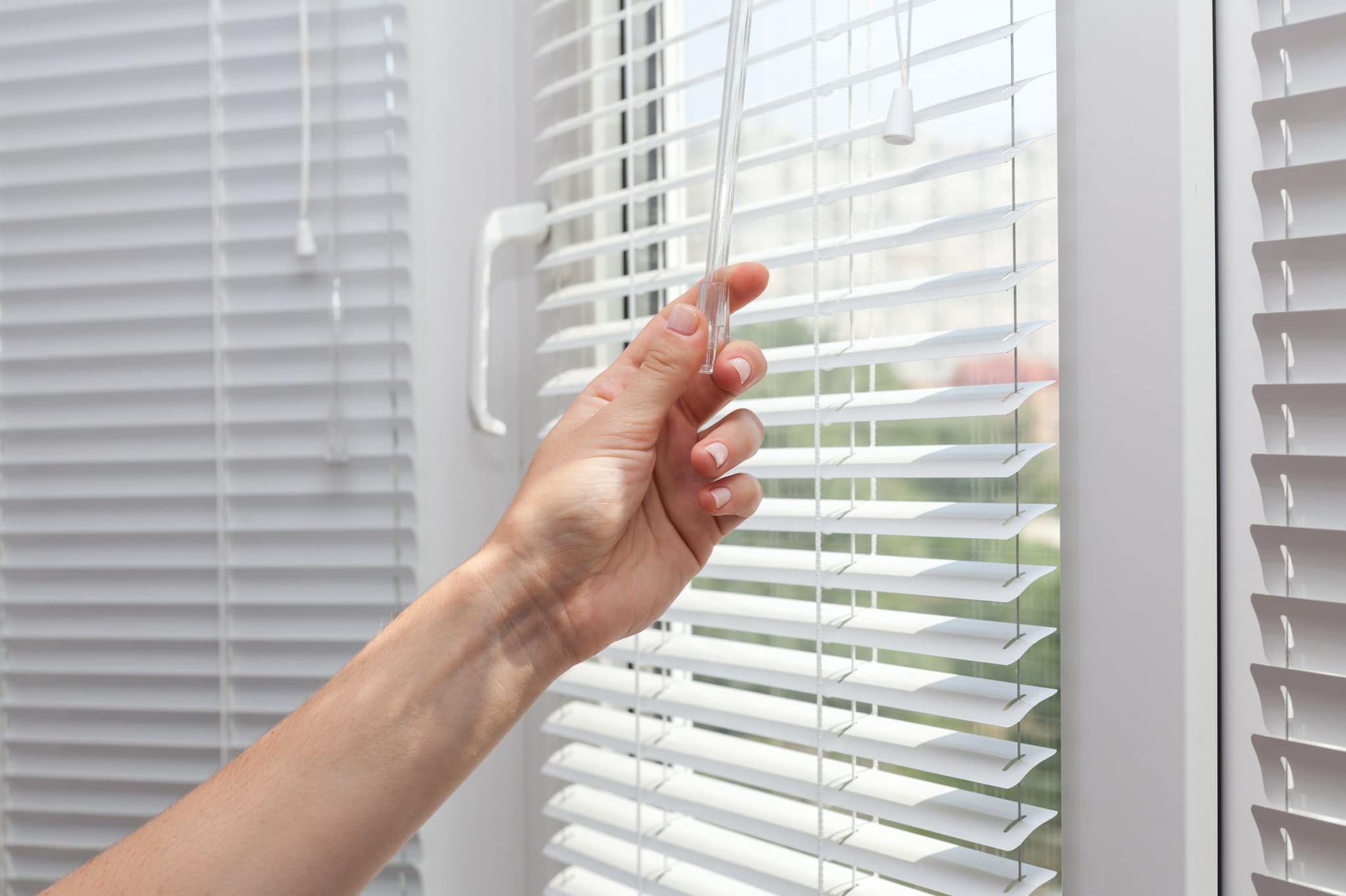
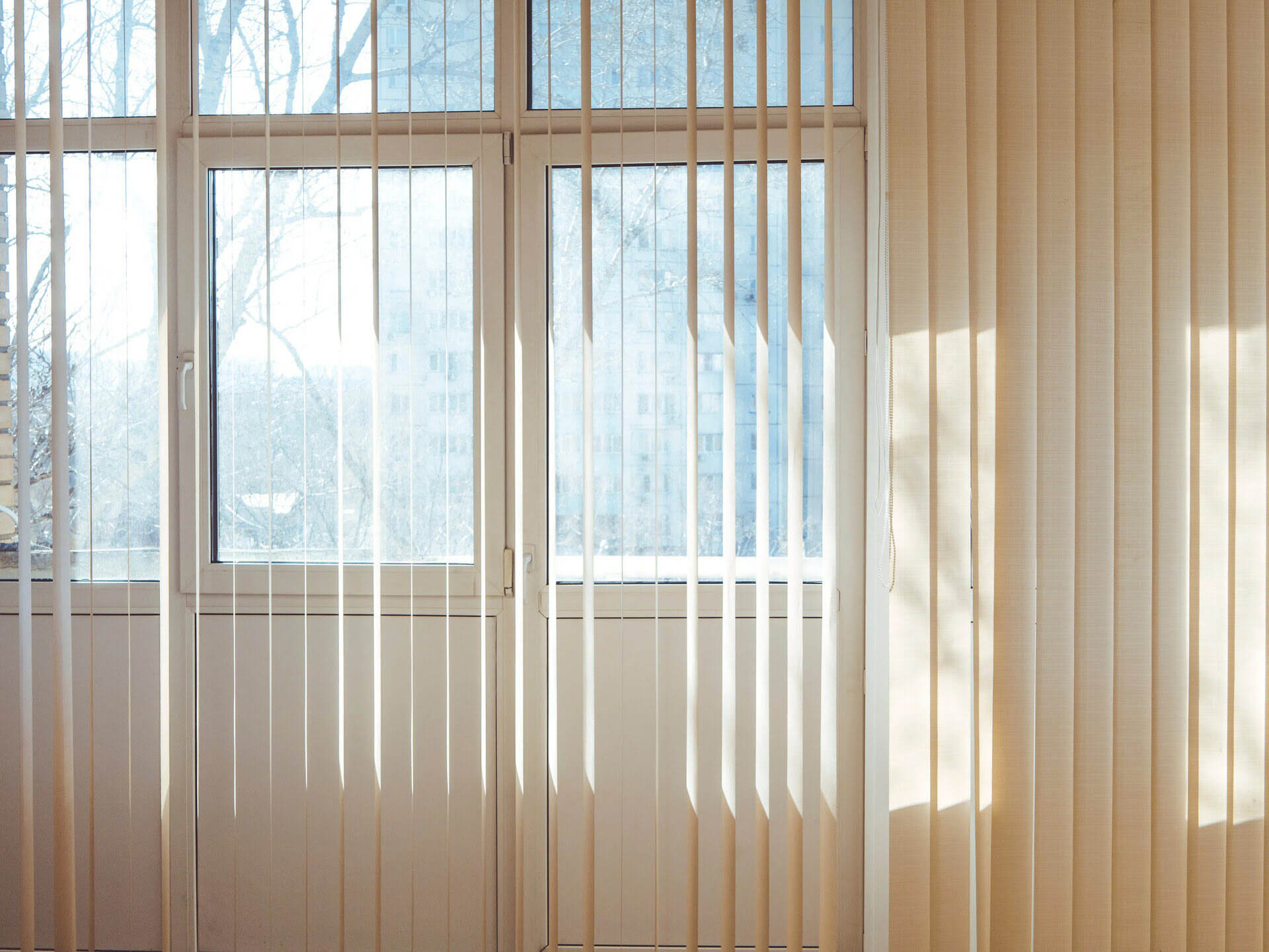
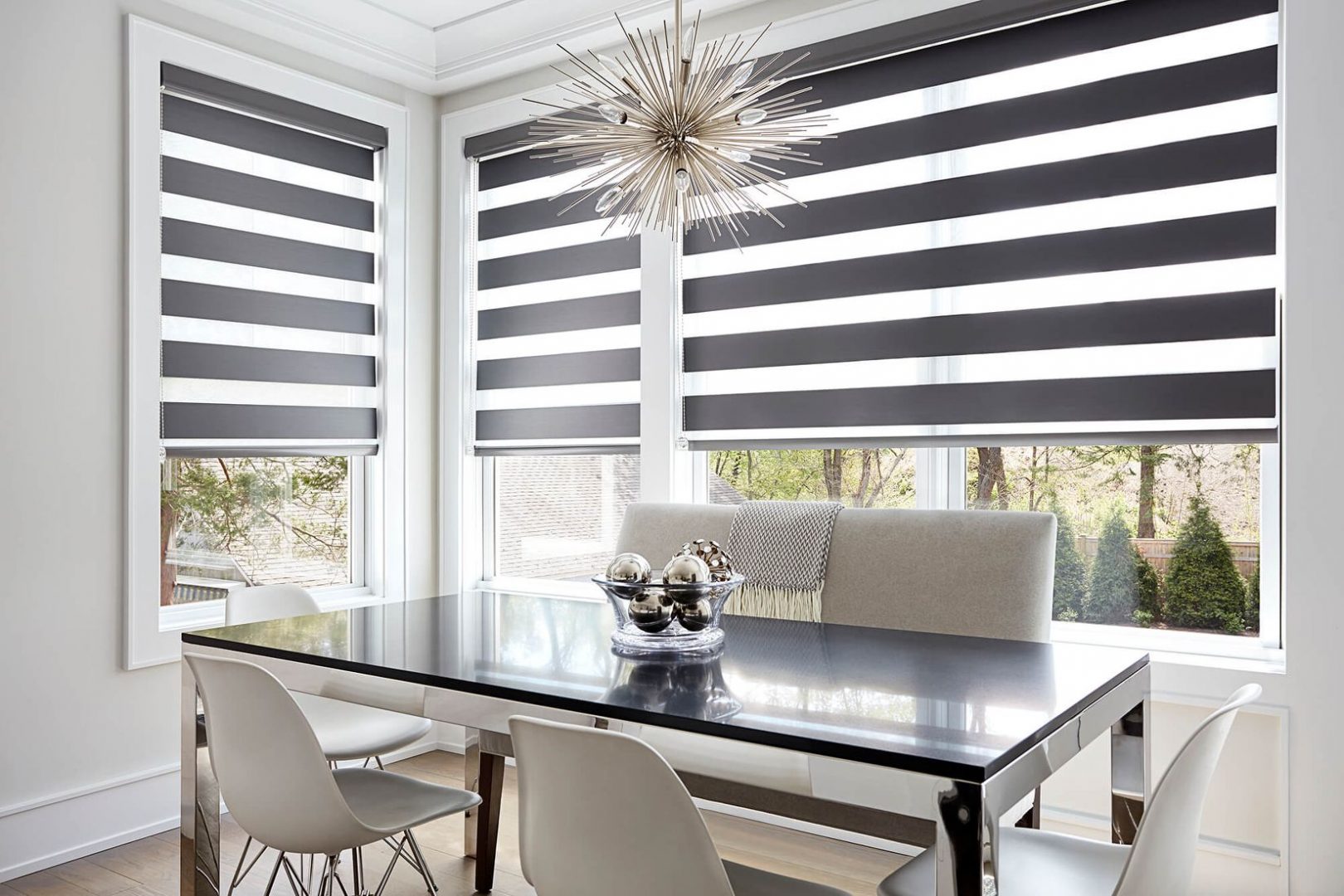

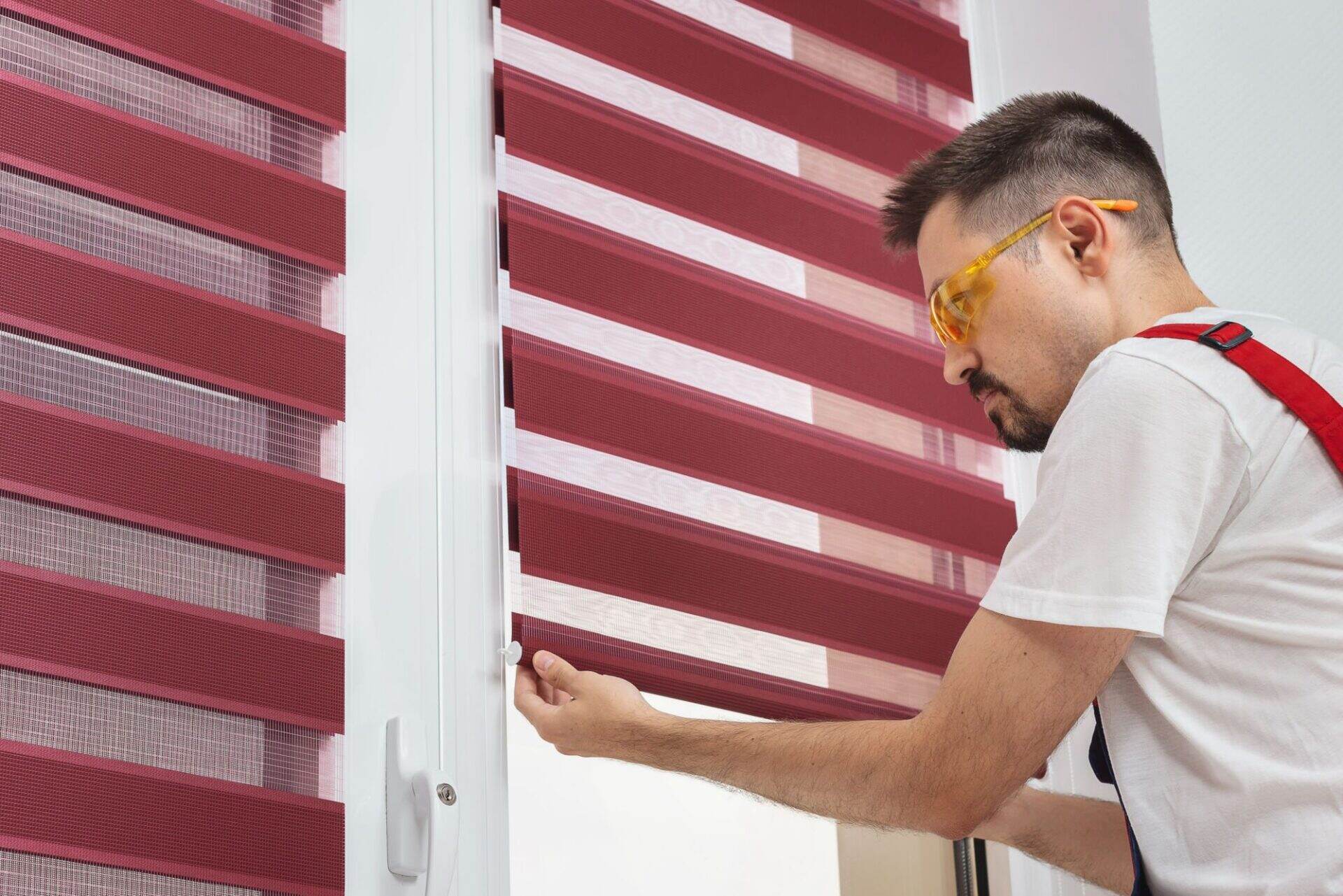
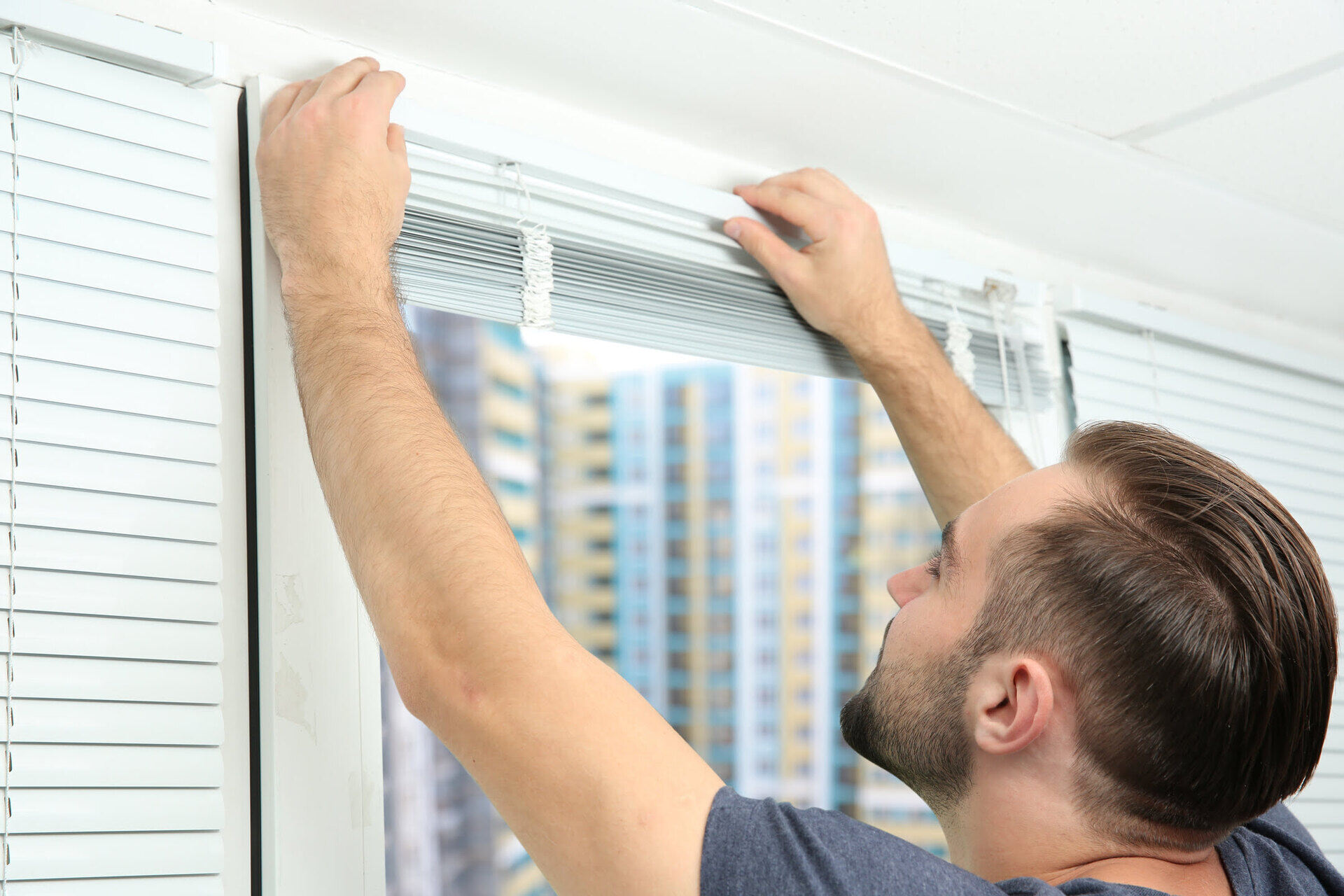
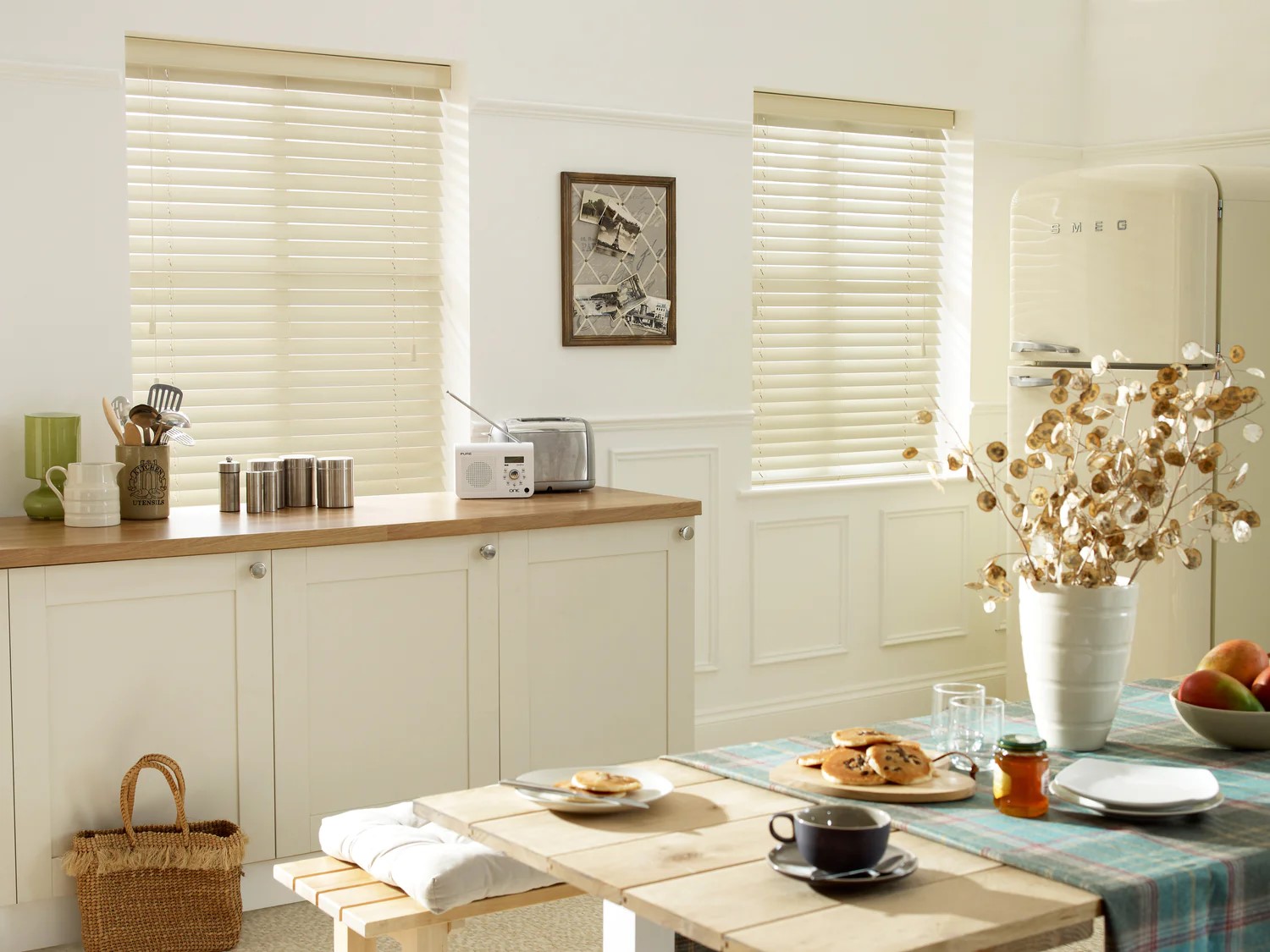
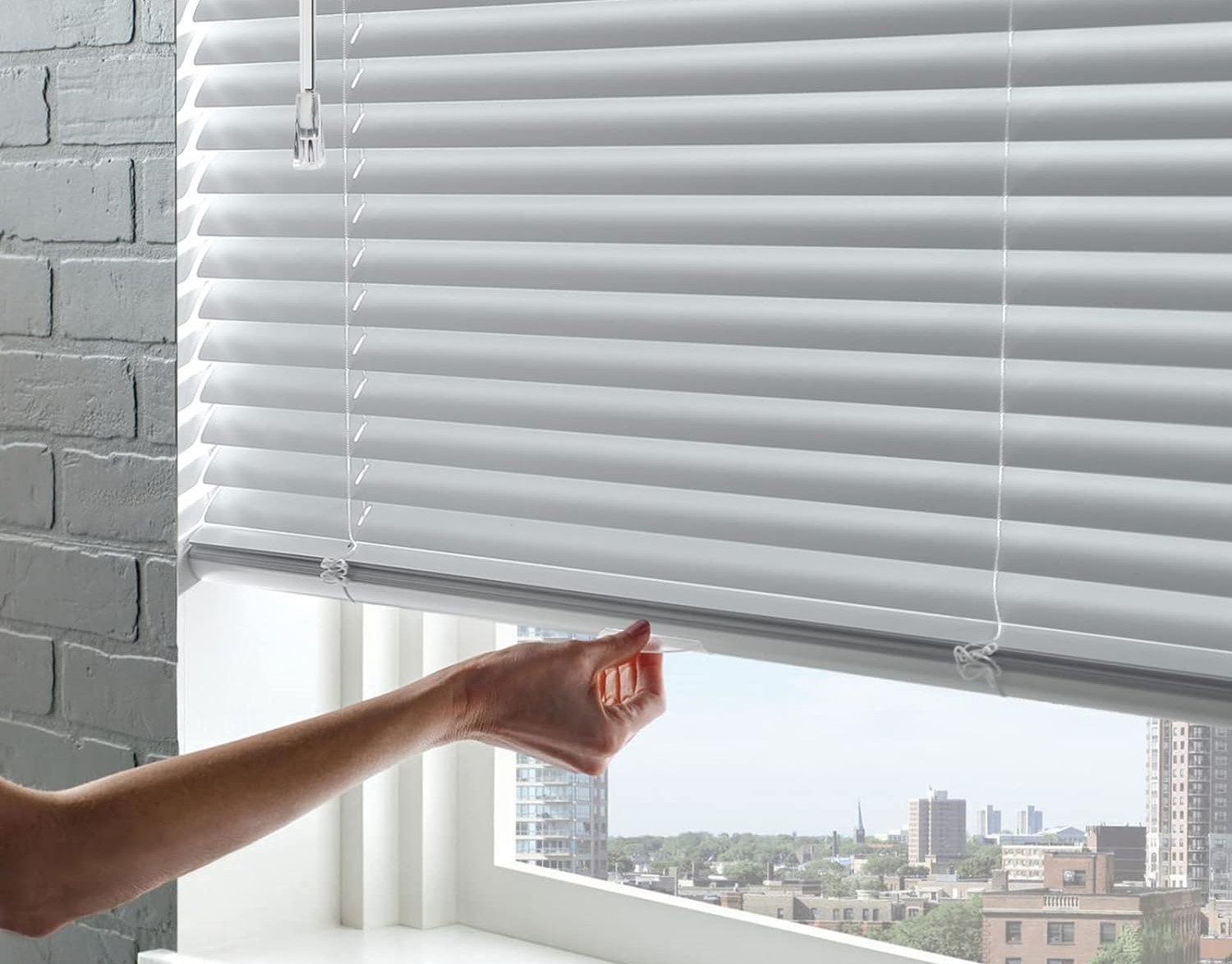

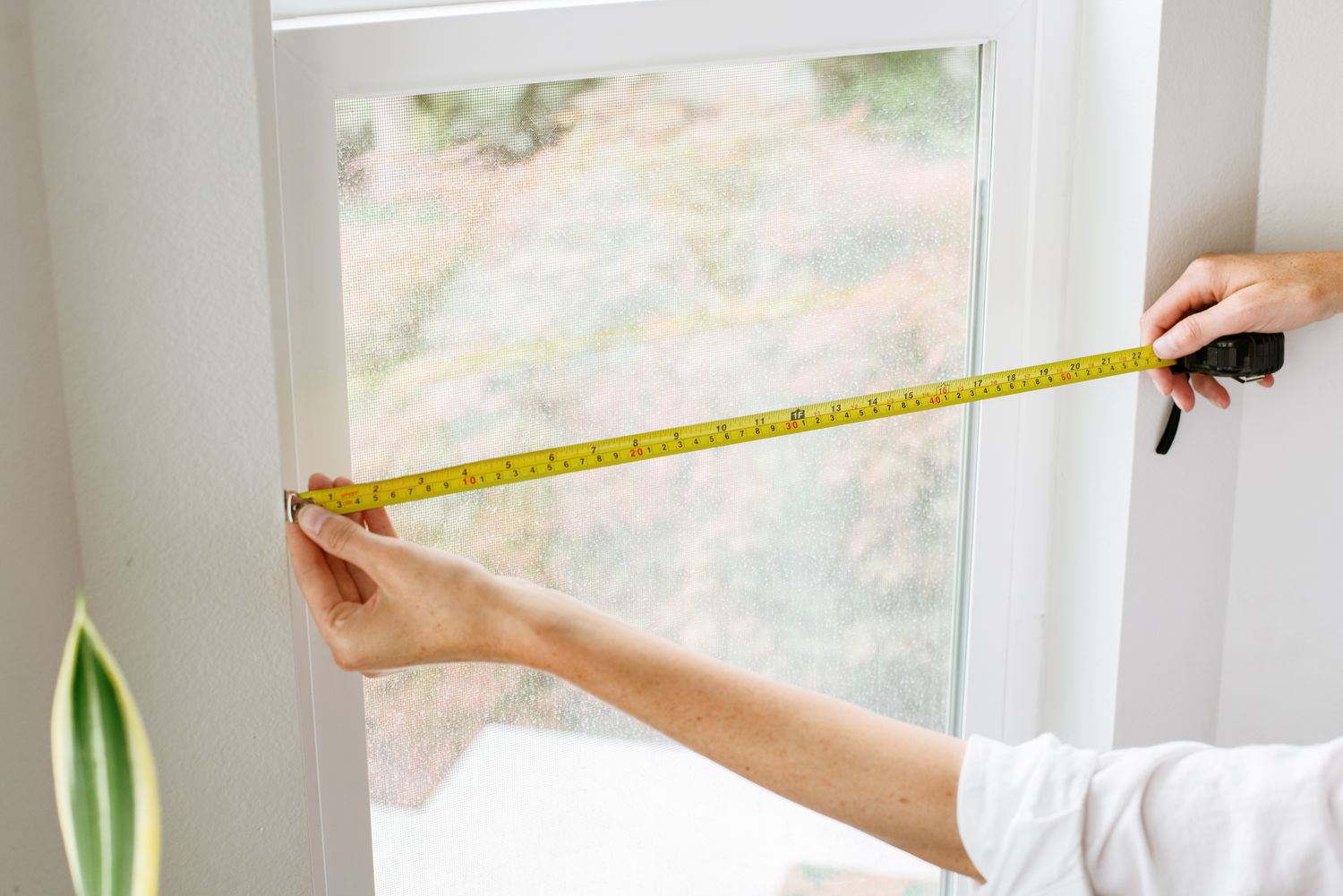

0 thoughts on “How Do Blinds Inside Windows Work”